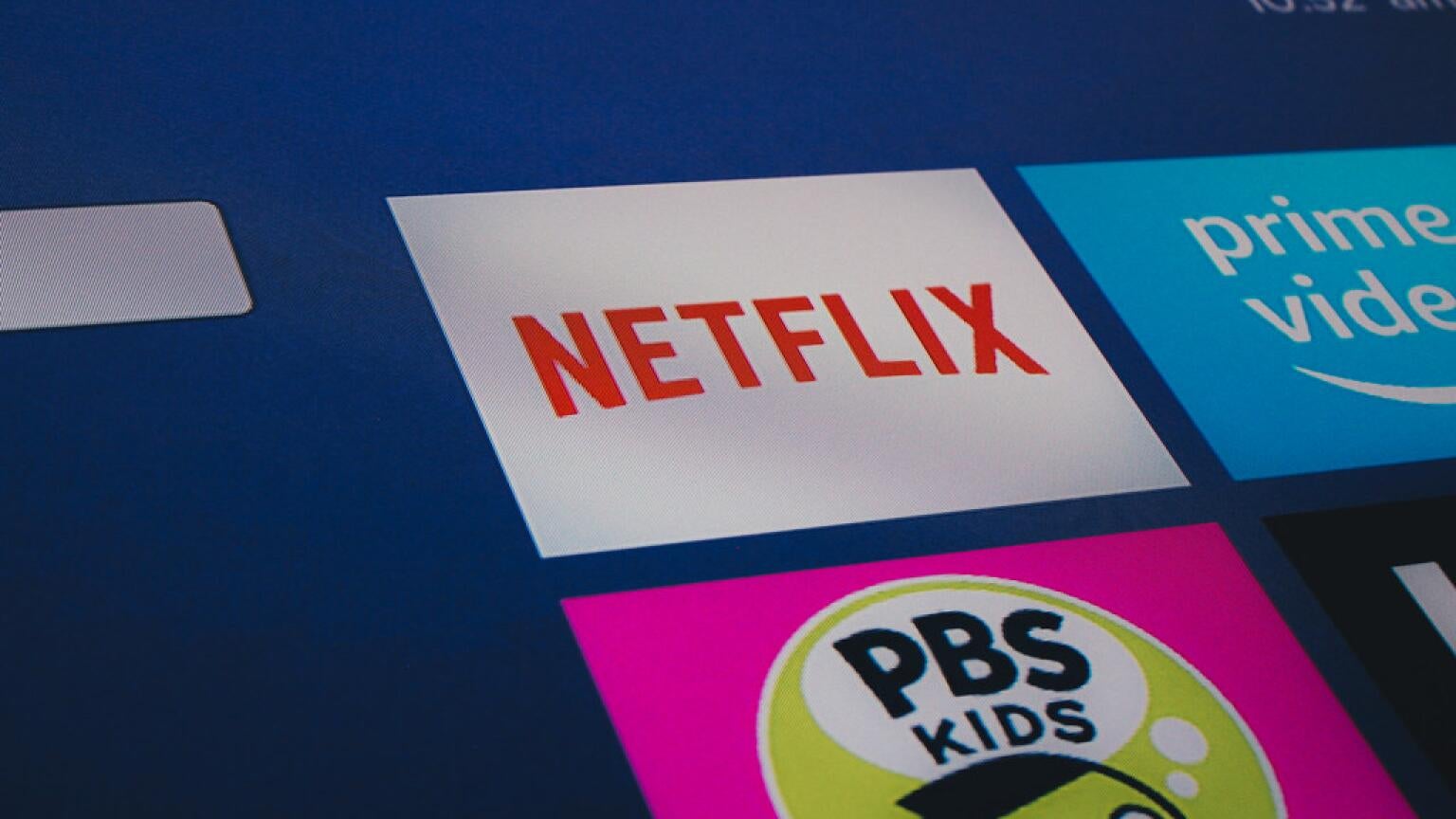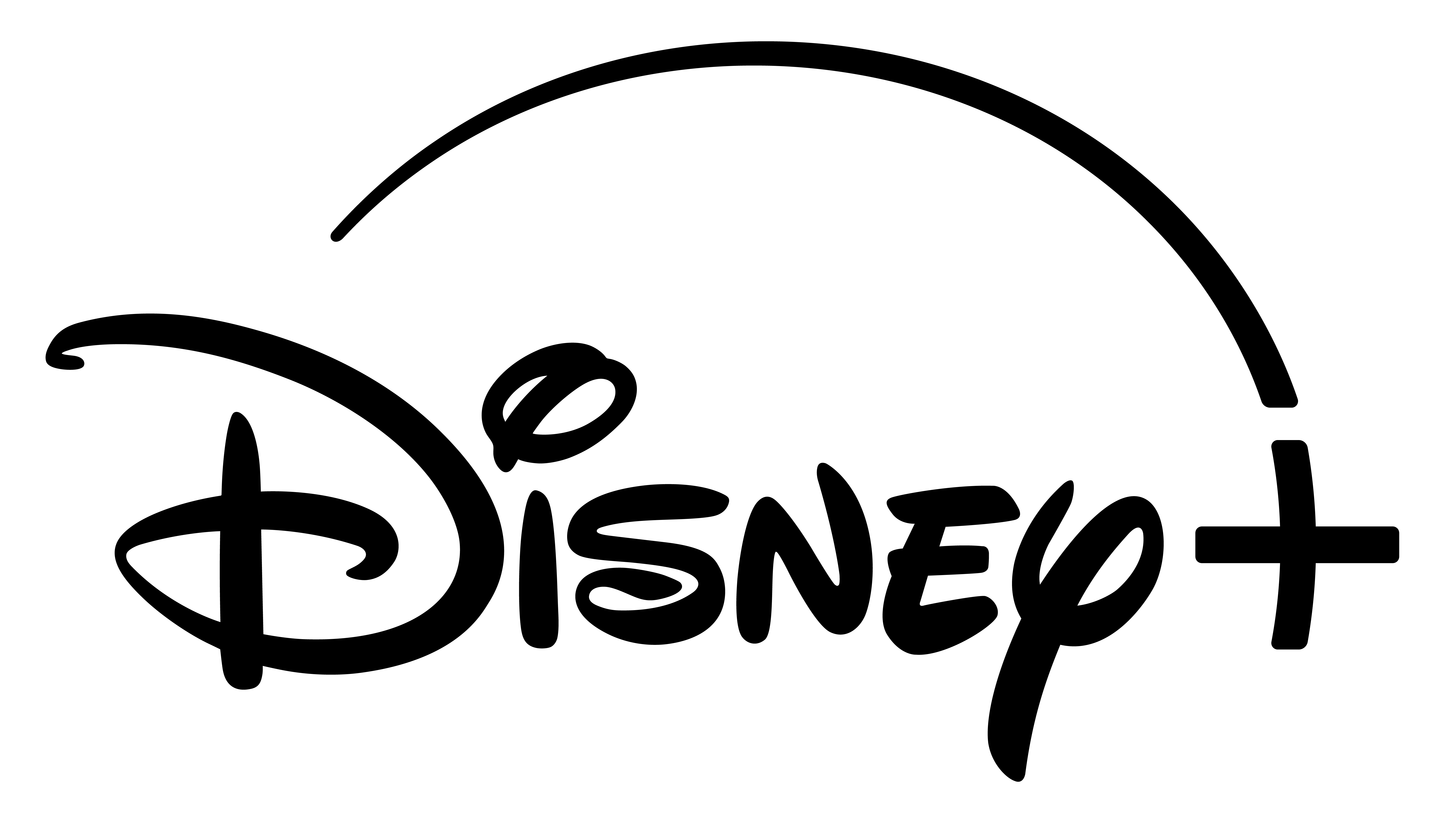Streaming Has Killed Traditional TV Seasons; How the Spread of Smart TVs Has Contributed to the Fall of Premiere Seasons
A new report from Nielsen shows that streaming titles have had good success ignoring traditional TV seasons.

For decades, TV studios have stayed true to a release formula of putting out new TV shows during the early fall and then, to a lesser degree, in the winter. This gave audiences who were spending less time outside anyway a reason to crowd around their sets each night and take in the new fall schedule. And while the WGA and SAG-AFTRA strikes have completely upended the 2023-24 TV season, new data from Nielsen shows that even before the strikes took effect, streaming has been wearing down traditional TV seasonality.
- Streaming allows for a constant flow of new series released outside traditional TV seasons.
- A recent survey from Inscape found that 93% of total streaming time on smart and connected TVs is done by audiences who solely or mostly watch streaming services.
- The steady rise in connected TV usage has helped audiences escape the seasonal mindset.
 Sign Up Now$7.99+ / month disneyplus.com
Sign Up Now$7.99+ / month disneyplus.comGet Disney+, Hulu, and ESPN+ for just $14.99 a month ($12 savings).
How can Nielsen’s numbers demonstrate that streaming has effectively done away with TV seasonality? The ratings measurement firm tracked the release of several Netflix shows between October 2021 and October 2023, and titles that were released outside of the traditional windows like “Stranger Things” and “Glass Onion: A Knives Out Mystery” drove billions of minutes of streaming time.
Streaming’s biggest peaks tend to occur outside of top broadcast months (September through November, March through May), leveling out the ups and downs of the traditional TV season, and the overall trend shows a 30% growth in weekly volume for the top programs over that two-year span, from 15 to around 20 billion minutes.
How Have Connected TVs Helped to Dismantle Traditional TV Seasons?

The data from Nielsen also shows how the rise in smart TV usage has contributed to a decline in the mindset that top TV shows can only premiere in traditional broadcast TV windows. In total, 88% of Americans watch their TV set each week as of the second quarter of 2023. In that quarter, 75% of U.S. consumers used a connected TV (smart TV or TV equipped with an internet-connected streaming device) at least once per week. This is a full five percentage points higher than the year previous, and it shows that audiences are drawn to their connected TVs because they can watch content like subscription streaming services using those devices.
The large and growing number of households with connected TVs, as well as their increasing usage each week, mean that increasingly, audiences are not beholden to the release schedules of Hollywood studios when seeking new content. They want new shows and movies when they’re ready to watch, not when a decades-old formula thinks it’s the right time of year to release new titles.
This data could go a long way toward explaining why smart TV owners are so passionate about streaming. A recent survey from Inscape found that 93% of total streaming time on smart TVs is done by viewers who only receive video through streaming apps. This shows that audiences who prefer streaming are flocking to connected TVs because they know they can access their favorite apps on such devices, and find something new to watch no matter what time of year it is.
Streaming executives have watched as the increase in connected TV devices has given audiences more opportunities to access their platforms, and have responded by discarding the traditional TV release calendar. They’re meeting audiences where they are: hungry for content and uninterested in waiting for a specific time of year before new shows come out.
Looking ahead to the rest of 2024, the pattern of streaming releases outside of the peak fall TV season will continue. HBO’s “House of the Dragon” will begin airing its second season on Max and the linear HBO channel in late August. While this will be a combined linear and streaming release, the first season premiere of “HoTD” drew in nearly 10 million cross-platform viewers, showing it has broad appeal for streaming audiences as well as linear watchers.
Netflix is also eschewing the fall season for one of its biggest releases of the year, the new season of “Bridgerton.” The first half of “Bridgerton” Season 3 will premiere on May 16, while the second half will bow one month later on June 13. Disney+ also recently revealed that its hotly anticipated new Star Wars series “The Acolyte” will premiere on June 4, marking yet another big-name streaming debut occurring during months when broadcasters traditionally leave TV audiences to their own devices. While some of these titles may have come out on a different schedule had the 2023 strikes not occurred, Nielsen’s numbers show that the willingness of streamers to release big titles in spring and summer predates those work stoppages.
The seasonality of scripted TV shows on broadcast and cable channels created an opportunity for streaming services, and the spread of connected TV devices has allowed their executives to take advantage. Streaming has left the seasonality of broadcast and cable behind, with a big assist from smart TVs and streaming devices that allow viewers to enjoy their favorite streamers at any time.
Max
Max is a subscription video streaming service that gives access to the full HBO library, along with exclusive Max Originals. There are hubs for content from TLC, HGTV, Food Network, Discovery, TCM, Cartoon Network, Travel Channel, ID, and more. Watch hit series like “The Last of Us,” “House of the Dragon,” “Succession,” “Curb Your Enthusiasm,” and more. Thanks to the B/R Sports add-on, users can watch NBA, MLB, NHL, March Madness, and NASCAR events.



